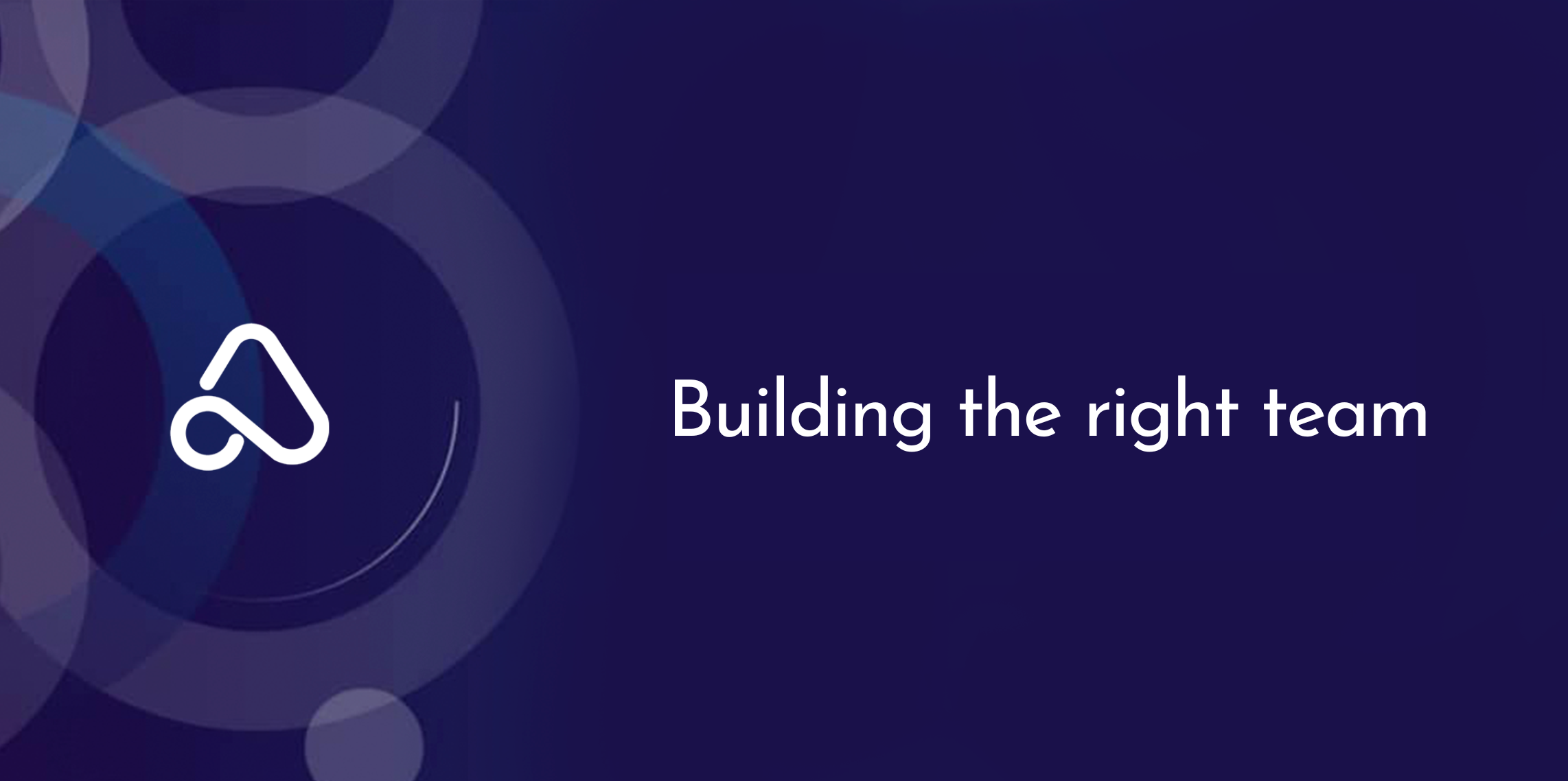Aidi — Team building
Return
What a person does on his own without being stimulated by the thoughts and experiences of others, is even in the best of cases rather paltry and monotonous - Einstein.
Every founder’s dream is to have a team that faces up to challenges, grows, handles problems and delivers results. However, just like building a startup culture, team building has to be intentional and every effort made to assemble the right team must be done with a long-term goal in mind. There are several published papers, essays and articles on how giant technology companies like Amazon, Google, and Meta hire the best talent and how they structure their team as there are several other think-piece on how to build a successful team. These articles have been helpful, however, we will be examining team-building from the perspective of proven and effective strategies for assembling startup teams and how to retain them.
The first step to building a successful team is getting the hiring right. You may be wondering- ‘why concern myself with that when I can easily get an HR professional to handle this, after all, they’re better at it. While this may be true, hiring is something that no founder should just outsource and ignore as this is the very foundation of building a strong team. In Tuckman’s stages of development, he asserts that purposefully picking a team is one of the key success factors when forming a team. In today's world, team performance is important because much of the work is team-based. If this is so, then founders need to prioritize hiring, ensuring that whoever joins the team is the right fit both for the organization, the culture and for the other team members.
Moreso, it is imperative to get the hiring right because in a global economy (as we’re currently in), employees must work together across cultural, organizational and geographical boundaries to achieve their goals. And so startups that have a goal to become a high-performance company must build a high-performance team. A high-performance team is one where members possess the needed skills, attitudes and competencies that will enable them to achieve collective goals. Randy Street calls this employee ‘The A Player’. That is someone who has at least a 90 percent chance of achieving a set of outcomes that only the top 10 percent of possible candidates could achieve.
So then, how can founders spot high-performance individuals and what should they do to retain them even after the hiring process? When it comes to identifying the right fit for a role/ team, there is no wrong or right way as different organizations use a varying number of methods to achieve this. However, we will use this guide to analyze how to spot good talent.
The first counsel usually is to take an inward approach. That is, look internally at top-performing employees, list out the qualities that make them so and translate these findings when drafting your job description. For early-stage founders who are just building out their first team, this counsel will not suffice. So what should you do? There are tons of research on this issue and reading through some of them will be a great start. Of course, the research findings and conclusions may be a bit different but will have common traits and characteristics highlighted. Write these qualities down and see how they correlate with the role you’re looking to fill. Additionally, looking at practical examples will also be of great help. For people who had a 9-5 before venturing into entrepreneurship, looking inwardly again is a solution. If you were identified as a top performer by your managers, what qualities did they highlight? What did you do differently from the rest of your colleagues? This will enable you to identify the hard and soft skills to look out for in prospective candidates.
Another way to spot good talent is through the ghSMART A Method of Hiring developed by Randy Street. This method outlines 4 steps to consider when looking out for that exceptional candidate. The first step is the scorecard- listing out the mission for the position, outcomes and competencies the potential hire should possess as well as outcomes that must be accomplished. The next step is the source step. This involves systematic sourcing (eg, referrals) before having slots to fill helping you ensure that you have quality candidates waiting when needed. Next is the selection step. This entails setting up structured interviews that allow you to gather relevant information about the candidate so you can rate your scorecard and make an informed hiring decision. The last step in this method is the selling phase. Here, you recognize that hiring should be mutually beneficial. When you are sure that this candidate possesses the qualities needed, you persuade them to join giving reasons why they should be a part of your startup.
Having spotted and hired exceptional people for your business, how do you retain them? While company swags and team bonding activities/ hangouts are great and ‘cute’, they aren’t the only way to retain employees. When it comes to retention, the key is to value what employees value. According to a study conducted by the Harvard Business Review, 66% of high-performing employees stated competitive compensation as the number 1 thing they value at work. So, if you are going to retain that A team at your company, there is a need to consider paying adequate compensation. This does not in any way mean using money to buy talent/lure them to your company. It means paying people what they’re worth in proportion to the value they give to the business. When uncertain, examine the industry rate for the particular role and skill level and pay accordingly. For startups in the early phases who may be bootstrapping and unable to pay the recommended salary, consider other forms of compensation. This may be in form of stock options, commission, insurance, etc.
Providing adequate feedback from time to time has proven to be a great retention strategy. According to research, if you are relying on annual or semi-annual performance reviews as the primary feedback mechanism with your employees, your high performers are likely to need a more frequent boost and will begin to show signs of under-appreciation. When people feel underappreciated, they are more likely to leave. So, for your talent develop a feedback structure and ensure to give feedback when necessary. In summary, keep your best employees by meeting their needs. When in doubt, ask them.
Remember, building a strong team requires intentionality. So, begin by having a solid hiring plan, constantly look for ways to engage the team and examine your retention strategies from time to time.





